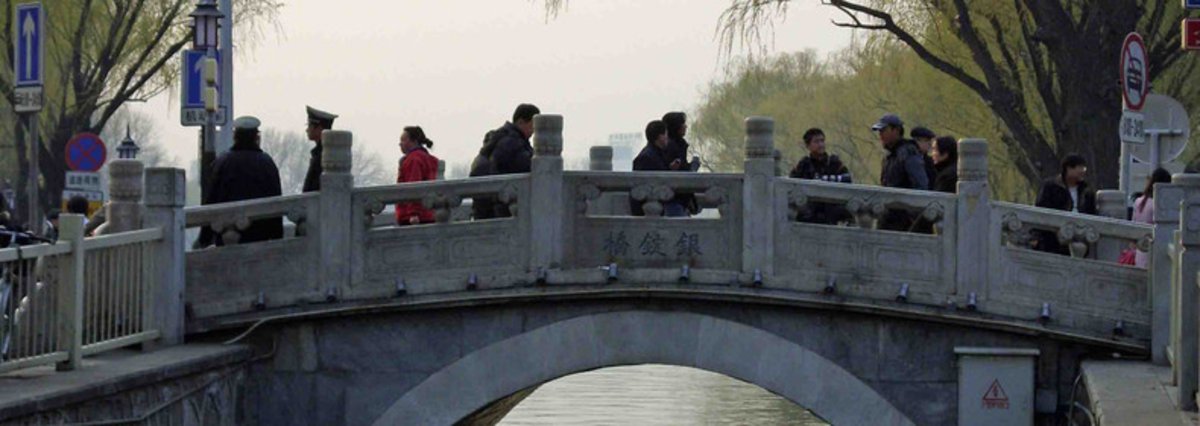He Guanghu
Translated by Leopold Leeb, Revised by He Guanghu
I.
When we use the term “Jidujiao” (Christianity) in its wider sense as encompassing Catholic, Orthodox, and ancient “eastern” churches, we can say it entered China in the seventh century, as everyone knows, but only one millennium later, in the seventeenth century, was it able to become rooted in the Chinese soil, and its survival would no longer be dependent on the benevolence or antipathy of a ruler (for example, Wuzong of Tang Dynasty, reigned 840–846 AD, tried and did rather successfully eradicate the Christian communities), nor would the Christian faith disappear with the end of a dynasty, as happened at the end of the Mongol era (1368), but not with the fall of the Ming Dynasty in 1644. This
great permanence was hard to achieve, and one may ask, aside from the grace of God, by what kind of human efforts was it possible?
The answer is the “cultural mission” represented by Matteo Ricci (1552–1610) and other Jesuit missionaries, who were able to gain a foothold in the Ming Empire which was then in a state of self-isolation. Those missionaries could survive the invasion of the foreign Manchus in 1644 which brought about radical changes, and they even managed to gain a position in the royal court of the Manchus, the sworn enemy of the Ming Dynasty. Even more, the missionaries were able to continue their work and spread the faith also when the favorable attitude of Emperor Kangxi (reigned 1662–1722) changed to the opposite, and during the cruel suppressions of his successors; they could ensure that the number of believers in China did not drop until the mid-nineteenth century when Protestant missionaries commenced their work in China and the ban on Christianity was lifted. ... They were able to achieve all this because they took the “cultural mission” as their missionary policy.
It is generally accepted that Matteo Ricci and his companions were well acquainted with the most advanced achievements of western culture and science in that era, and they were good at putting their knowledge into practice; they also seriously tried to understand the best elements of Chinese culture, and so they learned a lot from Chinese scholars in a humble way, which enabled them to become profound mediators and outstanding translators between the cultures of the east and the west ... . Of course, they did not give up the “announcement of the gospel” because of their “cultural mission,” otherwise Ricci would not have produced his book The True Meaning of the Lord of Heaven (Tianzhu shi yi 天主实义), and there would not have been any converts like Xu Guangqi and later so many pious and devout Christians on all social levels, including members of the imperial family and peasants in the rural areas. Nor was their manifest love for China a cunning trick (as some Chinese scholars say), otherwise the following historical events and many similar ones would have been impossible: Fr. Johann Adam Schall von Bell (1592–1666), a German, produced hundreds of cannons for the Chinese government and made the accurate lunar calendar for China, even though he was falsely accused and imprisoned; Fr. Andreas Wolfgang Koffler (1603 or 1612–1651), an Austrian, sacrificed his life in the effort to bring in a troop to save the defeated Ming Dynasty; Fr. Michaeł Boym (c. 1612–1659) from Poland died in a foreign land because he strove to fulfill the orders of the Ming court.
[more...]


